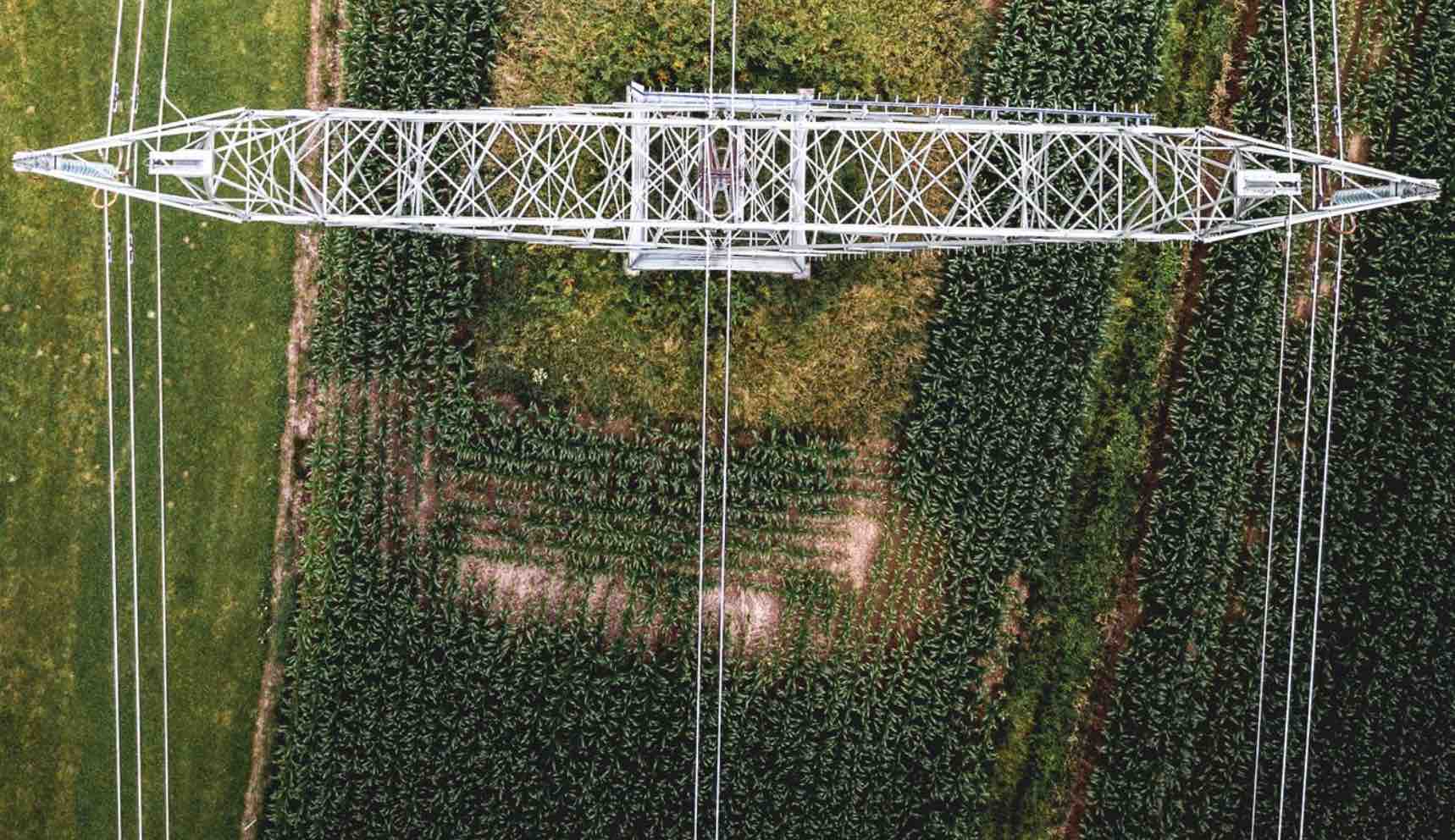Plans to build the massive CopperString 2.0 transmission line between Townsville and Mount Isa in Queensland will get underway almost immediately, with the state Labor government announcing it has bought and will develop the $5 billion project.
Queensland premier Annastacia Palazczuk announced the move on Tuesday, tweeting that the 1,100 kilometres link connecting North Queensland to the state’s SuperGrid would be would 100% publicly owned.
The government later confirmed the move in a more formal media statement, saying Copperstring 2.0 will pave the way for up to 6,000 megawatts of renewable energy in the North Queensland REZ and more than $500 billion dollars in new critical minerals in North Queensland.
Palaszczuk says early works on the $5 billion project will start this year with construction planned to commence next year, led by the state’s publicly owned transmission business Powerlink.
And in a nice touch delivered during a speech in Townsville over lunch, the premier noted that a $500 million down payment from the state’s coal royalties fund was going directly into the project, today.
“CopperString is the most significant investment in economic infrastructure in North Queensland in generations,” the premier said in a statement.
“CopperString and the Townsville critical minerals demonstration plant will act as a magnet for investment into North Queensland during the clean energy industrial revolution and that means good secure mining and manufacturing jobs for Queenslanders.”
1,100 kilometres. 100% publicly owned.
Today I’m announcing we’re building CopperString to connect North Queensland to the Queensland SuperGrid. pic.twitter.com/PxA7A2cGTo
— Annastacia Palaszczuk (@AnnastaciaMP) March 6, 2023
Copperstring has been under development for some years as private venture by CuString, which had in late 2021 secured approval from the Electricity Transmission Authority for the proposed 2.0 version of the new link.
The high-voltage transmission network was pitched as the key to unlock both major renewable energy resources in the state’s north, and some key mineral and industrial provinces that might otherwise not be developed.
In July 2021, CuString CEO John O’Brien described the project as “the largest geographic expansion of the NEM ever undertaken,” and cited modelling from KPMG that the link would unlock $60 billion of investment over the next 20 years.
“It will make the national transmission grid available to about 106,000 square kilometres of … immensely productive Queensland that is currently isolated from our national grid,” he said.
O’Brien also said in July 2021 that the project was expected to be shovel ready by October of that same year, was due for completion in 2024.
Nearly two years later, the Palaszczuk government describes its purchase of the project as “a smart, future focused investment” that promises to unlock $132.6 billion of critical mineral mining and another 6GW of renewable energy generation potential – including green hydrogen production.
The government says construction of the link is expected to support 800 direct jobs over six years and thousands of new jobs in critical minerals mining, manufacturing and construction of renewables.
“Unlocking affordable renewable energy and our critical minerals will benefit Townsville, Mount Isa and every town in between – unlocking thousands of jobs and billions in investment,” said Palaszczuk on Tuesday.
“Townsville will become a renewable manufacturing epicentre between the world and the largest renewable energy zone in the nation and the world class North West Minerals Province.
“CopperString ensures that Mount Isa will continue to be the heart of the North West Minerals Province.”
De Brenni says the new addition to the Queensland SuperGrid will allow the state “to produce, use, and export the next era of high value extracted minerals–through the renewable energy that the world is craving.
“We’ll create literally tens of thousands of well paid jobs for generations to come,” the energy minister said.
Renewables lobby group Solar Citizens says the decision to develop the project under a government-led model is a “big win” for North Queensland – both consumers and industry.
Solar Citizens deputy director Stephanie Gray says the new transmission link will unlock 6,000MW of new renewable capacity – the equivalent of doubling the existing large-scale solar and wind farms in Queensland.
“We’ve been campaigning for grid upgrades in north west Queensland for years now because the region has some of the country’s best co-located solar and wind resources that can be turned into abundant, cheap electricity for Queenslanders,” said Gray on Tuesday.
“Right now industries in Mount Isa are struggling because they have to rely on expensive gas-fired power. An injection of cheap and clean energy is just what the doctor ordered to ensure Queensland’s industry can remain globally competitive.”
Climate Council energy transformation campaigner Nathan Hart says CopperString 2.0 has been the missing link in the national energy transformation.
“CopperString 2.0’s high capacity transmission opens up massive renewable energy potential in one of the sunniest places on earth. That means cheap and plentiful electricity for manufacturing and industrial heat,” Hart said.
John Cole, the CEO of Australian renewables outfit Edify Energy, which has offices in Townsville, says CopperString 2.0 will unlock “bulk renewables” and ignite new opportunities for hundreds of businesses in the region.
“Investment in electrical infrastructure and the advancement of renewables is critical for Australia’s future prosperity and our environment’s survival. Today’s announcement is a win for both,” Cole said.
“The transmission line will unleash an abundance of the very best wind and solar resources and in turn, the production of bulk green hydrogen energy products that can be exported to the world.”










